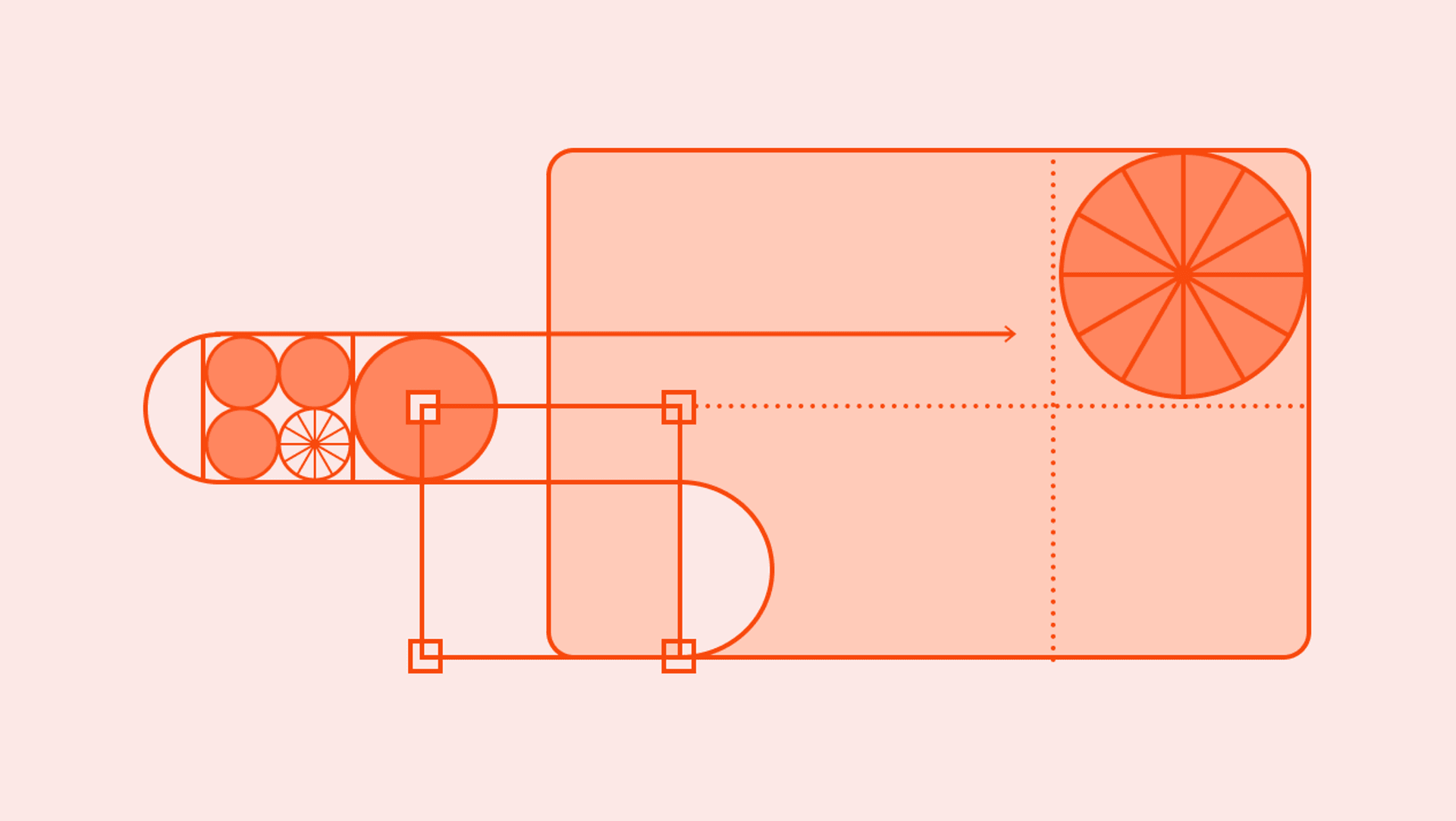Your digital experience should delight your fans—it should never feel like a chore. Information overload is real, often leaving audiences overwhelmed and disinterested in learning more. Progressive disclosure is a simple but powerful design technique that prevents this frustration. It strategically reveals information or functionality gradually and logically, so users get what they need when they need it.
By revealing information contextually and at an intentional pace, you enhance user satisfaction. Sharing your values, purpose, and positive impacts on the world in manageable sections also ensures every interaction is meaningful.
Here are some ways to incorporate progressive disclosure into your UI/UX design.
User Onboarding
- Step-by-Step Guidance: Implementing a step-by-step onboarding process simplifies the user journey, enhancing comprehension and engagement. We’ve seen this approach boost user retention significantly, ensuring users feel supported and less overwhelmed.
- Gradual Feature Introduction: Introducing features gradually helps users become familiar with the platform without overload. Users are more likely to engage and remember features introduced progressively, building confidence and competence.
Navigation and User Flow
- Clear Pathways and Intuitive Navigation: Designing clear and intuitive navigation reduces cognitive load, making it easier for users to find what they need. We often pull the following from our toolbox:
- Consistent Layouts: Reduces cognitive load by providing a familiar interface across all pages.
- Hierarchical Menus: Organizes information in a logical structure, making it easier for users to find specific sections.
- Search Functionality: Provides a quick and direct way for users to find specific content, reducing the need to navigate through multiple pages.
- Visual Hierarchy: Guides users’ attention to the most important elements first, making the interface more intuitive.
- Clear Call-to-Actions (CTAs): Directs users toward the next steps they should take, reducing indecision and confusion.
- Breadcrumbs: Provides users with a trail of their navigation path, helping them understand their current location within the site.
- Progress Indicators: Helps users understand where they are in a multi-step process, reducing anxiety and confusion.
- Contextual Help: Offers assistance exactly when and where it’s needed, preventing users from feeling stuck or confused.
Content Presentation
- Prioritize Important Information: Presenting the most critical information first ensures that users can quickly find what they need, improving overall user satisfaction. The “Inverted Pyramid” style of writing, which places the most important information at the top, is highly effective in keeping users engaged and informed.
- Expandable Sections: Using expandable sections allows users to access additional information only when needed, preventing information overload. This approach keeps the interface clean and focused while still providing depth.
- Content Layers: Implementing content layers to reveal more details as users show interest keeps the initial interface simple and uncluttered. This method encourages deeper engagement without overwhelming users. Progressive disclosure of content helps maintain user attention and improves the overall user experience.
- “Read More” Links and Tabs: Integrating “read more” links and tabs lets users explore content at their own pace, making the information more digestible. This technique caters to users’ individual needs, allowing them to dive deeper into topics of interest without feeling pressured to absorb everything at once.
To truly reap the benefits of progressive disclosure, a user-centric design approach is essential. Frequently test for feedback, prioritizing the needs and preferences of your audience as you design. This will refine your digital experience, addressing any pain points and ensuring a seamless, user-friendly interaction.
Walk through your current digital experience with an unbiased eye. Are there areas where progressive disclosure can enhance user satisfaction and engagement?


